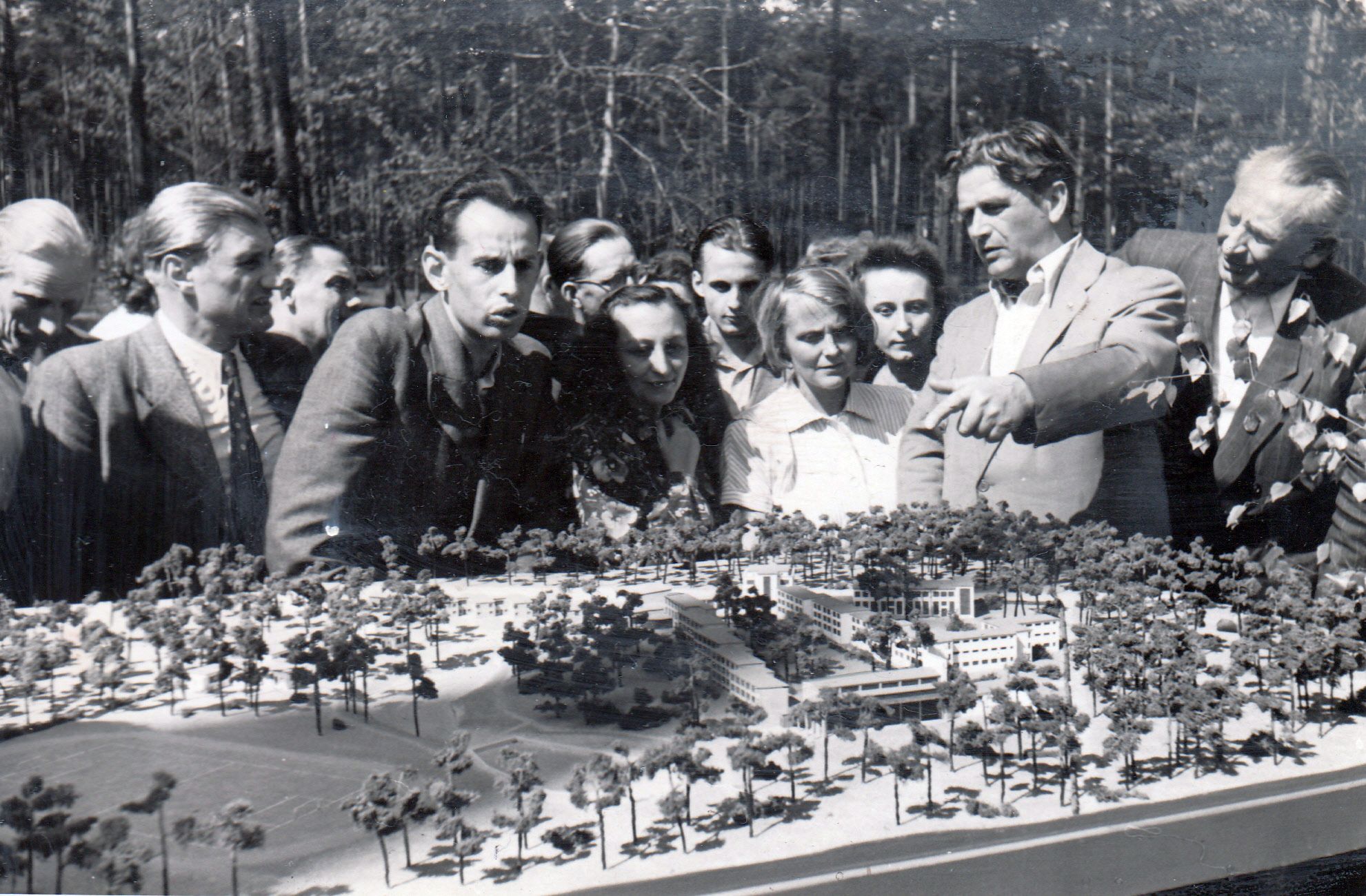This history has two main protagonists: Hannes Meyer and Arkady Mordvinov. While both maintained close ties during its first phase, Meyer was one of the main defendant in the Soviet’s prosecution of the Bauhaus in 1950/51, when he stood in the ideological dock in defense of a position he had long left behind, unable, from his new home in Switzerland (after living nearly a decade in Mexico City), to take part in the discussion. Mordvinov, his former fellow traveler and student, and at that point the president of the Soviet Academy of Architecture, had become his judge.
Whatever shady political tricks Meyer might have played, no matter how strongly he may have been involved in political intrigues or disappointed his fellow travelers,1 he was incapable of compromise as an architect. This is the reason why very few of his buildings were ever realized. In this text, I limit myself to the first chapter of this history.
1919–1929: Mutual Resonance between the Bauhaus and Soviet architecture
The beginning of the relationship between the Bauhaus and Soviet architecture following World War I and the revolutions in Russia and Germany is marked by mutual declarations of internationalism and hopes for a departure to a new world. Cables were sent between the Arbeitsrat für Kunst (Workers’ Council for Art) in Berlin and the Department for Visual Art (IZO) at the People’s Commissariat of Enlightenment; signed by the likes of Bruno Taut, Walter Gropius, Adolf Behne and Wassily Kandinsky, commissioner of the IZO for Germany. After Kandinsky sent the “Art Program”’ of the Russian government to Walter Gropius in Weimar and the Arbeitsrat für Kunst in Berlin, among others,2 via an emissary3 who embarked for Germany in December 1918, it was Kandinsky as well who first reported on the Bauhaus in the Russian press and on the fact that Gropius’ response to the Russian program of an “integration of the arts under the roof of architecture” was very positive, as Kandinsky noted in his essay “Architecture as Synthetic Art” (1920).4 There were evidently shared influences between Gropius’ program for the Bauhaus and Kandinsky’s proposals for the Moscow Institute of Artistic Culture (InKhuK).5 However, Kandinsky was defeated in the internal dispute at the InKhuK by the radical constructivists around Aleksander Rodchenko, Varvara Stepanova and Lyubov Popova, who rejected Kandinsky’s prior theoretical work, “Concerning the Spiritual in Art” (1911). Ultimately, Kandinsky left Moscow in December 1921, traveling to Berlin via Riga. He accepted Gropius’ call to the Bauhaus as early as in June 1922 and from the time of his self-imposed exile was no longer a contact partner in Russia.

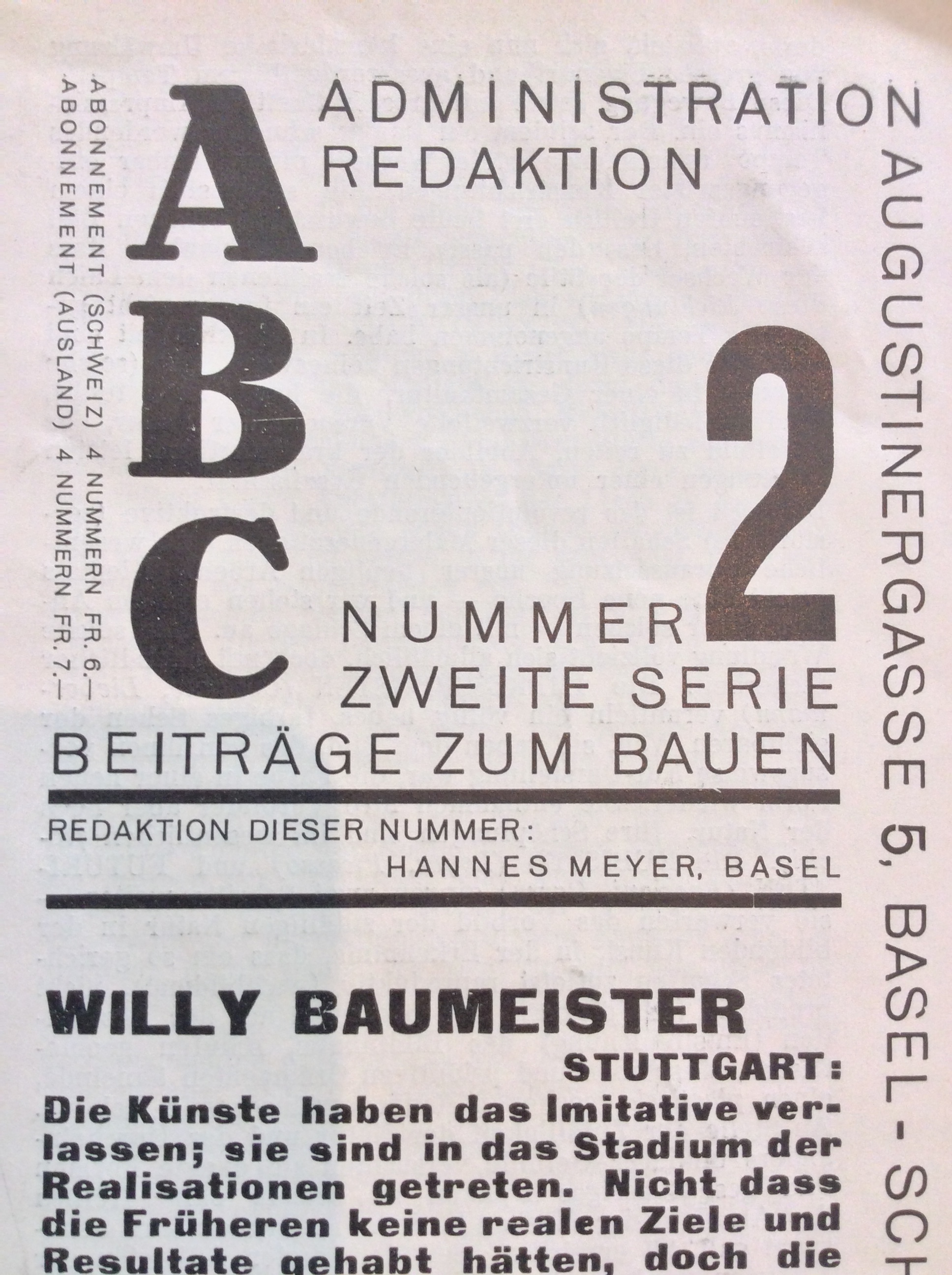




.jpg?w=964)
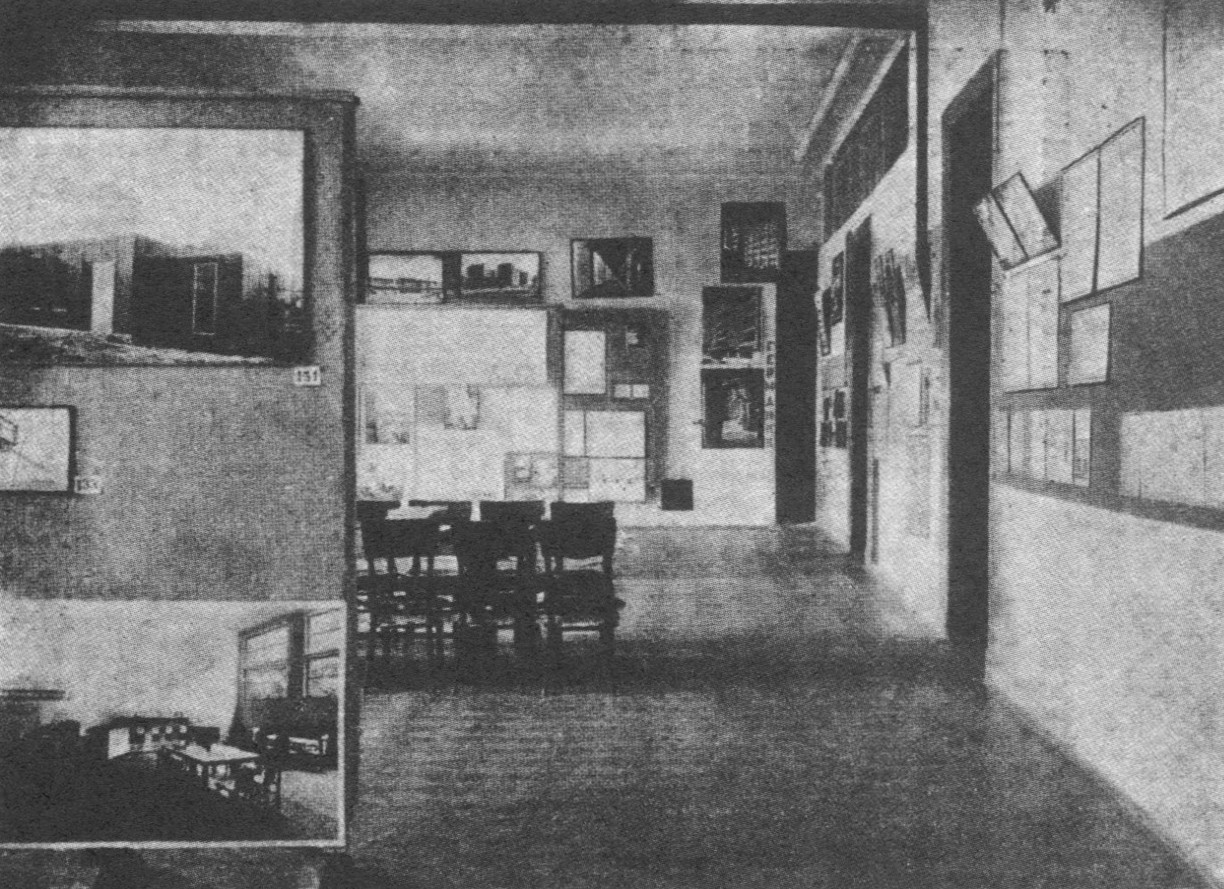
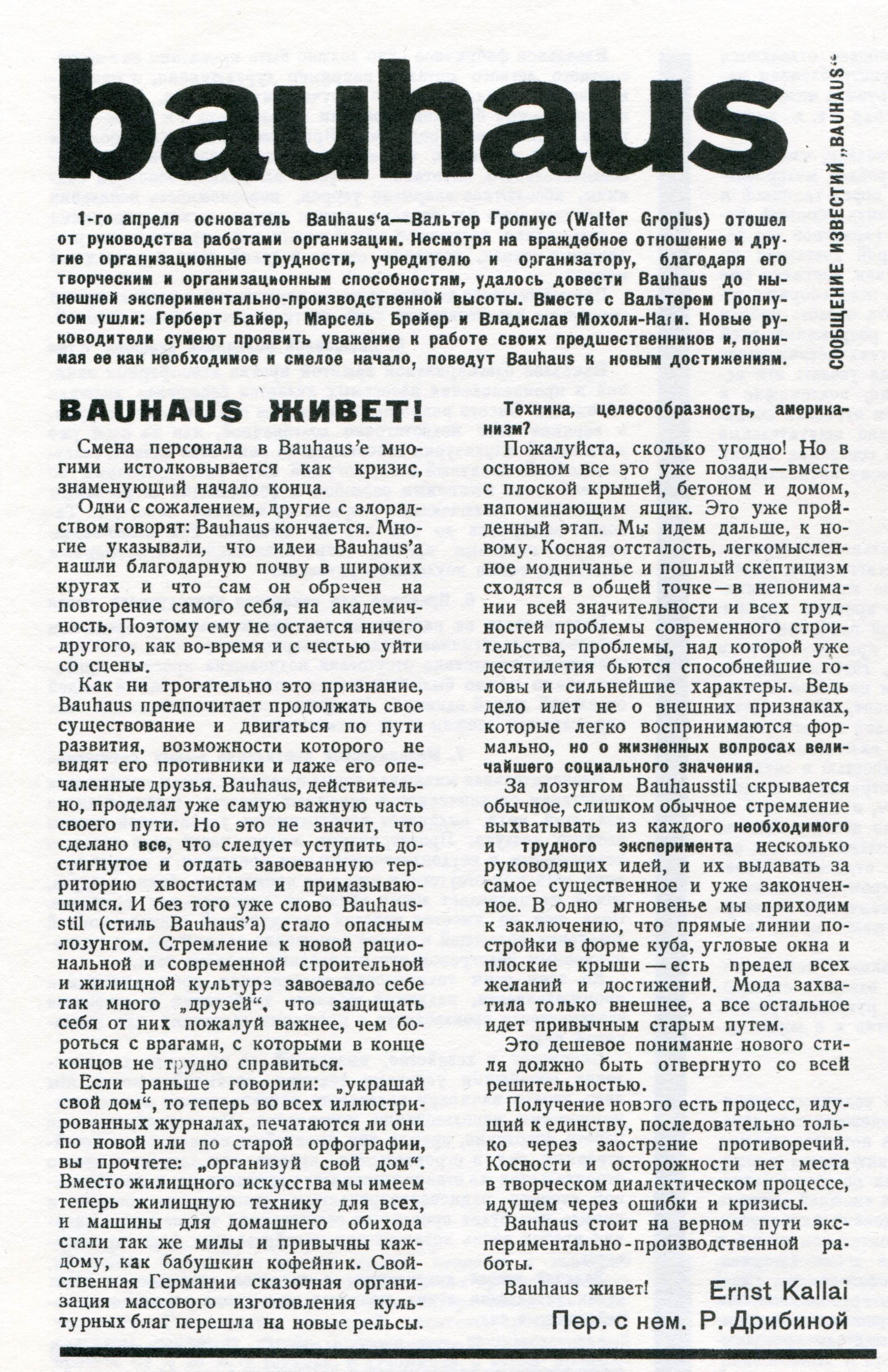

.png?w=964)
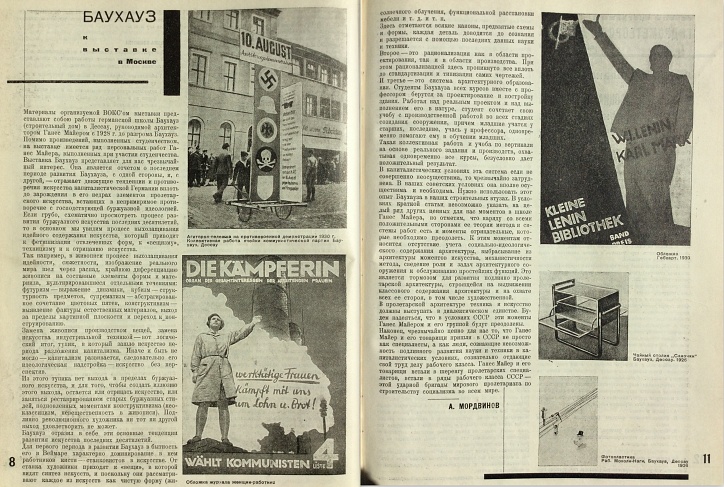








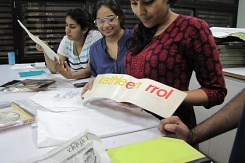














.jpg?w=245&h=163&c=1)








.jpg?w=245&h=163&c=1)





